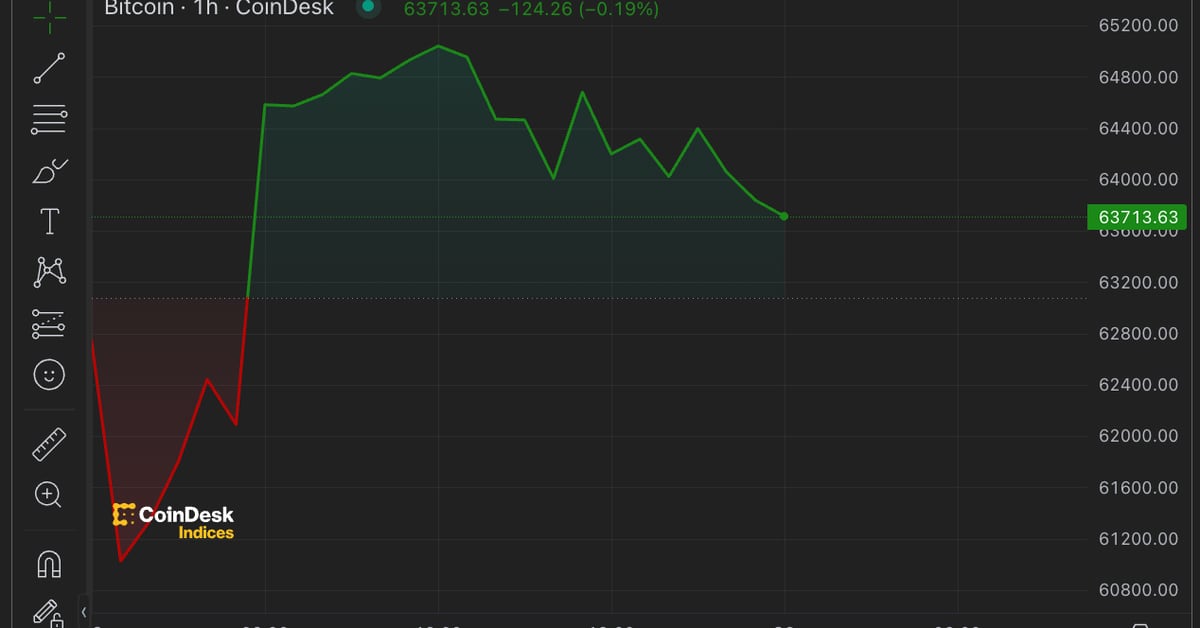
Bitcoin (btc) The coin stabilized at around $63,700 in the wake of the cryptocurrency's fourth halving, an event that upends the economics of miners who support the Bitcoin ecosystem.
BTC barely moved from its recent level before the 840,000th Bitcoin block was mined just as Saturday began UTC. Bitcoin fell to a low of $59,685 on Friday before rebounding above $65,000.
Historically, halvings have served as a precursor to Bitcoin's price rise, most recently in May 2020, giving way to a rise from $9,500 to $65,000 over the following year.
But this time, Bitcoin has already embarked on a massive rise to record levels, rising from $15,500 in late 2022 to $73,680, fueled by optimism over the approval of Bitcoin ETFs in the US and then the enthusiasm that followed after it began trading. In January. .
On Thursday, JPMorgan said it expects bitcoin to decline post-halving as it remains in “overbought conditions” based on the high level of open interest in bitcoin futures. Goldman Sachs added that for Bitcoin to be able to emulate the success of previous sessions after the halving events, macro conditions must be supportive of risk.
Bitcoin has traded between $59,600 and $73,860 since February 28, with the upside of the range protected this week on the back of the growing conflict in Israel, which has had a knock-on effect on all capital markets.
The April 12 sell-off from $71,000 to $60,000 wiped out $4 billion in open interest in the Bitcoin market, according to Currency analysis. The figure on all exchanges except CME is $16.1 billion.




More Stories
JPMorgan expects the Fed to cut its benchmark interest rate by 100 basis points this year
Shares of AI chip giant Nvidia fall despite record $30 billion in sales
Nasdaq falls as investors await Nvidia earnings